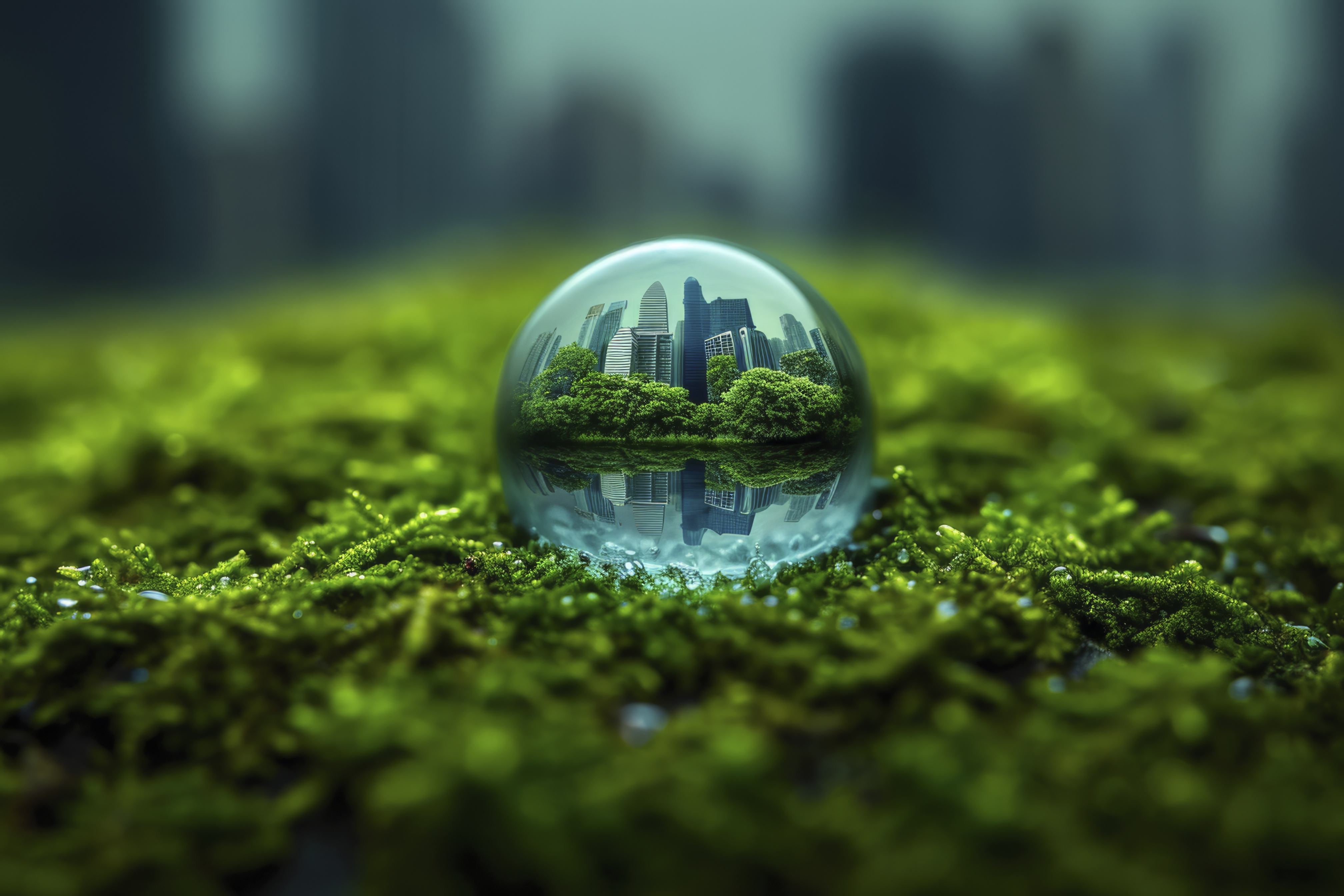
The Green Transition is a sweeping transformation of our economy and society toward sustainability and environmental harmony. At its core, it aims to minimize ecological impact, use natural resources efficiently, and build an economy that grows in balance with nature.
Green transformation includes many aspects:
It's not just the responsibility of the government or big business, Green transformation requires active participation from individuals, households and small businessesTo create a greener future together.
A true green transition touches every part of modern life:
But it’s not just the job of governments or big corporations. A successful transition needs active participation from individuals, families, and small businesses—everyone has a role to play in shaping a greener tomorrow.
-min.jpg)
Algae are not just nutrient-rich superfoods, but also one of the most potential source of biological raw materialsof the 21st century. Algae are a strategic source of biological materialduring the green transition — a “biological superentity” that both feeds humans and cleans the planet.
Certain microalgae like Chlorella and Nannochloropsis produce oil-rich biomass at much higher yields than traditional oil crops.
Benefits include:
Microalgae can absorb water pollutants such as nitrogen, phosphorus, and heavy metals—making them ideal for wastewater treatment. Plus, they absorb atmospheric CO₂, contributing to cleaner air and water.
Strains like Spirulina and Chlorella contain 60–70% protein, along with B12, iron, and magnesium—making them nutrient powerhouses for humans and animals.
Key applications:
Algal biomass can be transformed into:

At TA Vital, algae is more than a product—it’s a complete solution for the future. Guided by the mission “Algae for a Life Worth Living,” we are committed to:
Investing in algae cultivation, extraction, and processing technologies
Building partnerships with research institutes, government bodies, and industry leaders
Raising public awareness and market recognition of algae’s role in sustainability
The Green Transition is not a trend—it’s a non-reversible journey. And algae—a humble yet mighty organism—is fast becoming a cornerstone of our future ecosystem.
At TA Vital, we will continue to lead in research, innovation, and application of algae-based solutions to accelerate this transformation.
Let’s start seeing algae not just as a raw material, but as a symbol of a sustainable future